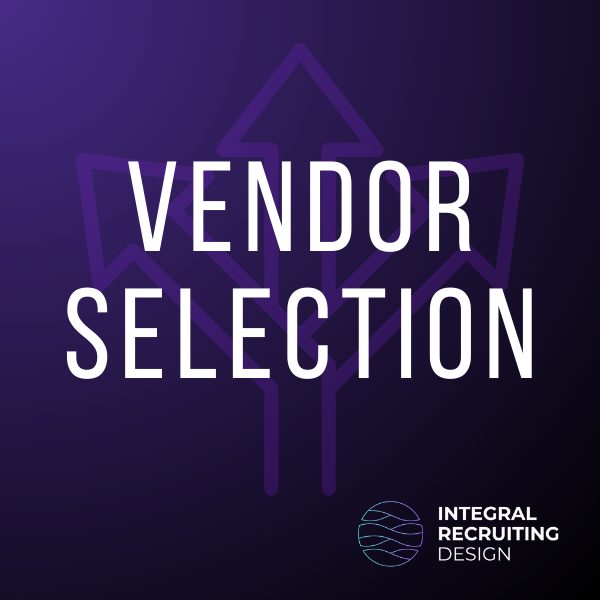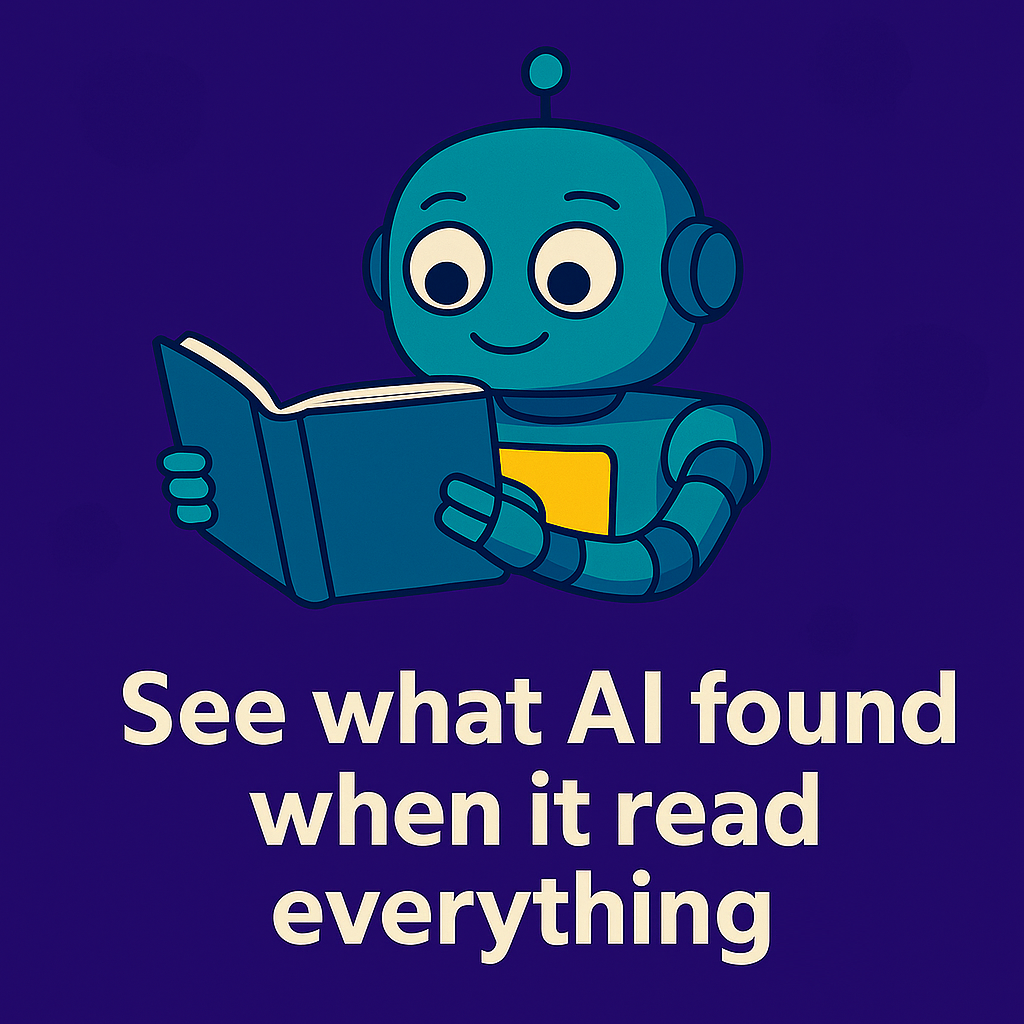Inside the Secret Candidate Experience
On this week’s System Admin Insights Free Friday call, we turned the spotlight on Julie’s application process, giving it the full “Secret Candidate” treatment—a $5,000 iCIMS optimization service we offer free once a month to one lucky community member.
This wasn’t just a usability audit. It turned into a deep and practical conversation among experienced HR system administrators about what actually drives optimization in iCIMS. Topics ranged from accessibility and performance issues to strategic workflow design. Here’s what we uncovered—and how you can apply the same thinking to your own system.
Accessibility Isn’t Optional—Even If It’s Not Required
Julie’s first question came from feedback about an “ADA print” suggestion. Not everyone was familiar with this term, but Jessica demonstrated a tool her team uses called accessiBe. This accessibility overlay allows users to select profiles tailored to ADHD, seizures, or visual impairments.
“It’s not legally required, but if someone needs it and you have it on there, you get bonus points,” said Kaitlyn. “And if you don’t, you might lose them.”
While ADA overlays aren’t a cure-all, they’re an important piece of the user experience puzzle—and a reminder that accessibility impacts candidate conversion rates.
Diagnosing Slow Form Load Times
Several participants mentioned sluggish form performance. Julie hadn’t experienced it herself but learned that candidate-side lag might not always be visible in internal tests.
Kaitlyn reported, “It gave me a message that said this is taking a long time to load.” Townsend pointed out that I-Form speed is often dependent on a candidate’s device and internet connection.
Vivian added that large logos, excessive dependencies, and unoptimized CSS can also cause delays. She suggested having someone “create a HAR file while loading the form and send that to support.” This lets iCIMS Support troubleshoot front-end lag more effectively.
Pre-Fill and Pre-Sync: Why Redundancy Hurts
Several admins flagged redundancy in Julie’s application flow—specifically, having to re-enter information already submitted. Townsend clarified: “It sounds like there are recruiting workflow fields that need to be filled out multiple times…rather than storing that information on the person profile.”
Julie now plans to review her setup to ensure syncing and pre-population are working as expected.
Save and Return Later: A Hidden iForm Feature
Julie was surprised to hear she could enable a “Save and Return Later” option on iForms. Vivian explained: “It’s a form option. It’s usually turned off by default because it increases your number of incomplete applications, but it’s useful if you have long forms.”
While not available for the profile itself, enabling it for I-Forms could improve user experience—especially for candidates needing time to locate required documents or job history details.
What Defines an Applicant, Really?
One of the richest threads in the discussion was around compliance and the very definition of an “applicant.”
Shuree emphasized: “We consider the profile creation an expression of interest. We don’t consider them to be applicants until they complete the employment application form.”
This distinction is essential for AAP, OFCCP, and legal reporting. Jenny reinforced the need for shared internal definitions: “When you’re tracking time to fill or drop-off, you really need to know what you’re looking at. Defining that consistently makes a huge difference.”
Exploring A/B Testing for Optimization
Kaitlyn introduced a recommendation to test application flows at least every six months. “Have two versions—different portals, fields, even different recruiters—and watch how they perform,” she said.
Julie hadn’t previously considered A/B testing within iCIMS but saw the value immediately.
Addressing Compliance Gaps and Drop-Off Risks
Shuree raised Spokane, Washington’s new “Ban the Address” ordinance, which prohibits requiring candidates to enter an address upfront. While the law aims to support unhoused applicants, it poses serious implementation challenges.
Shuree noted that even the city of Spokane hasn’t yet removed address fields from its own job site: “Mortifying… I’ll check again after the enforcement date.”
The group explored possible mitigations, including making address fields optional or relocating them later in the process. Vivian and Kaitlyn emphasized the importance of localizing your compliance configurations and using conditional form logic.
Tips for Handling Employment Gaps
Julie asked how others handle gaps in employment history, which her behavioral health organization must document. Jessica shared her team’s decision to collect that information later in the process—only after a candidate has accepted the offer.
Vivian described how other clients have embedded gap logic into forms that are sent later in the funnel, using parsed resume data to trigger conditional fields.
Kaitlyn added: “A good faith statement is one of the best things you can do. Define everything—what makes someone an applicant, what you need and when—then write it down.”
The Verdict on New iCIMS Pop-Out Panels
Cordell raised concerns about functionality in the new iCIMS interface, noting that legacy allowed viewing multiple tabs at once. Jessica revealed that, despite being obscure, the new pop-out panels can be moved and resized.
This flexibility was a surprise to many on the call—and a welcome one. Paul summed it up: “The UI has flexibility. That was the takeaway.”
🎧 Catch the Full Recording on the SAI Podcast:
Prefer to listen? Check out the full session on the System Admin Insights Podcast: Listen on Spotify
Conclusion: Small Fixes, Big Impact
Whether it was improving form logic, rethinking applicant definitions, or simply learning how to move a pop-out panel, every insight from this Free Friday call had real-world application for iCIMS system administrators. The value came not from abstract theory, but from direct experience—and a community willing to share it.



